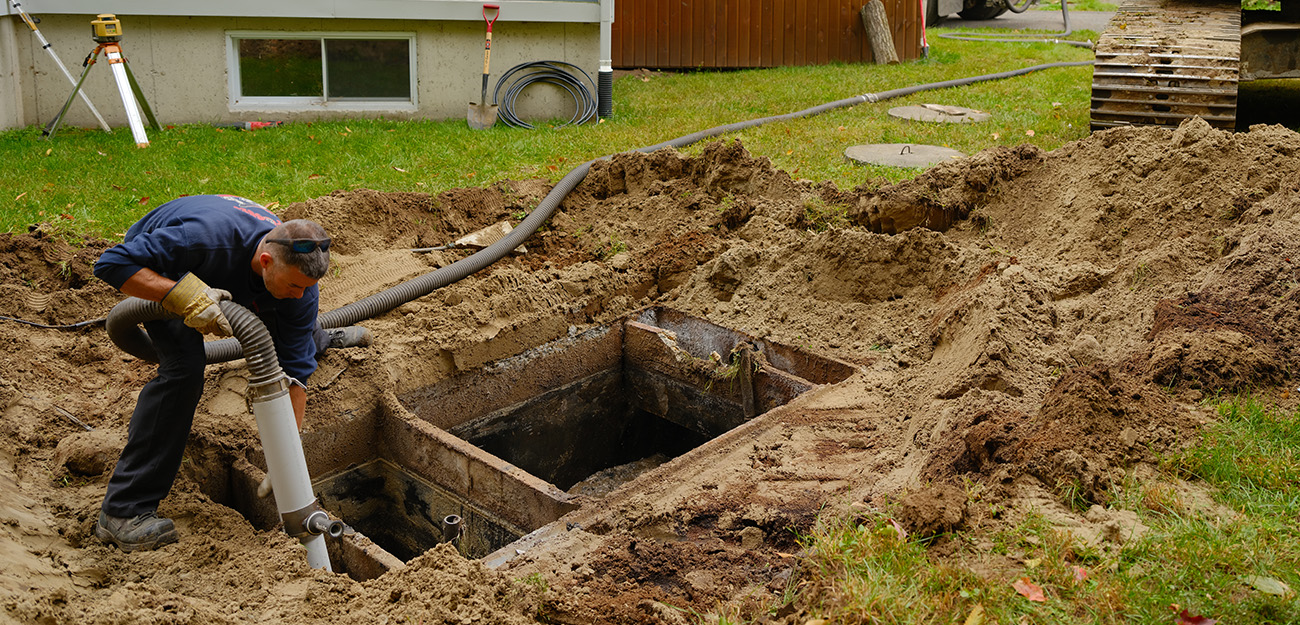Certain aspects of homeownership are not often discussed until they are a cause for concern. One important but often neglected component of a house is the septic system. It is easy to assume that it will perform its job without maintenance. Like any system, septic tank have an expected lifespan and will eventually need to be replaced.

The expense of replacing the septic tank can be a major financial burden on homeowners who are not prepared. Many factors contribute to the overall cost, making it crucial to know the elements that affect budgeting for the purchase of a new septic tank.
To estimate the actual cost of a septic tank replacement, it is important to think about more than the price. It’s not just a case of replacing the tank with a new one. The cost will be affected by various services and elements. From obtaining permits to hiring professionals to the actual installation and excavation, each phase has costs which homeowners should be aware of in order to manage their finances effectively.
One of the primary considerations is the septic tank replacement cost itself, including the cost to install septic tank and leach field. The cost of a new tank is subject to a wide range of variations based on the size and material of the tank, and the difficulty of installation. In addition, the location of your property, local regulations and soil conditions will also influence the cost. It is crucial to talk with experts on septic systems to evaluate your specific needs and provide an accurate estimation. They’ll also take into consideration the dimensions and layout of the leach field to provide you a comprehensive understanding of what your project is going to cost.
Apart from the tank another major expense is the leachfield or drainfield. The drainfield plays an essential role in wastewater treatment and dispersal. It is crucial to consider the best option when replacing a damaged leachfield or one that is failing. This can significantly impact the price of a replacement septic system. In determining the total expense, it’s crucial to consider various aspects like the size and composition of the leach fields, their accessibility, and soil composition.
Alongside the physical expenses, homeowners must also take into consideration the intangible expenses that come when replacing a septic tank. This process can impact your daily life, requiring you to temporarily vacate your residence or limit your use of water throughout the installation. It is important to consider these annoyances when planning your project, since they may affect your daily routine, and could bring additional costs like accommodations or changes to your schedule.
Furthermore, it’s essential to be aware that routine maintenance and maintenance of your septic system is vital to extend its life and limit the possibility of premature replacement. Failure to maintain your system regularly could lead to more serious issues later on, which could include damage to drainfields and tank failure. It is wise to include septic system expenses within your budget. This will allow you to save money.
It is likely that you have already realized how challenging it can be to determine the total cost for an all-new septic tank. This involves careful analysis of a variety of factors such as the size and type of tank, to the complexity installing it as well as the condition and health of the leachfield. The place of your house and the local regulations may be a factor in the price. It is crucial to talk with professionals with expertise in upgrading septic systems.
You may be surprised when you are replacing your septic tank and discover that you’re facing additional expenses which you didn’t think of. These costs are likely to quickly add up, and you must be aware before making any decision.
A few of the hidden costs of septic system replacement include:
Cost of permits and inspections. It is necessary to obtain permits from your local authority prior to beginning the process of septic system replacement. These permits are expensive and you could also have to pay for inspections.
The expense of excavation and removal. Before the new system is put in place, it’s necessary to dismantle and remove the previous system. This can be a costly process, especially if your old system is in a remote area.
Cost of backfilling and the cost of backfilling. Once the old system is removed, the hole needs to be filled and graded. This is essential to make sure that the new system is correctly draining.
Costs of landscaping. After the new system has been put in place, you may have to create some landscaping in order to make the area look tidy and neat. Costs can quickly go up if you have to hire a professional landscaping company.
It is important to consider these hidden expenses when you’re budgeting for your septic system replacement. This will ensure that you don’t get any unpleasant surprise.
These eco-friendly options are an excellent option for homeowners on a budget. These eco-friendly septic options offer a cost-effective alternative to traditional systems, they also help conserve the environment through reducing water runoff and pollution. Additionally, eco-friendly septic systems are becoming more accessible and affordable, which makes them the perfect option for those looking to reduce their environmental impact without breaking the bank. While there might be cost-of-investment initial costs when the switch to an environmentally-friendly system, these additional costs are more than compensated in savings for the long run. This isn’t a trend, but a lifestyle change that everyone should consider if they are truly passionate about protecting our planet for future generations. When you install the correct equipment, you can ensure that your home operates efficiently, effectively, and with minimal maintenance costs.